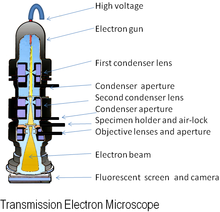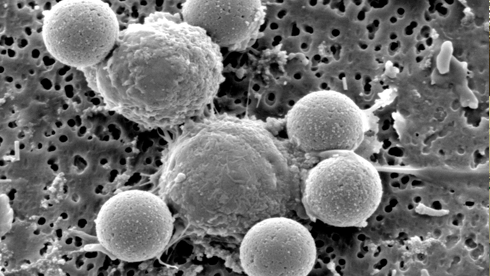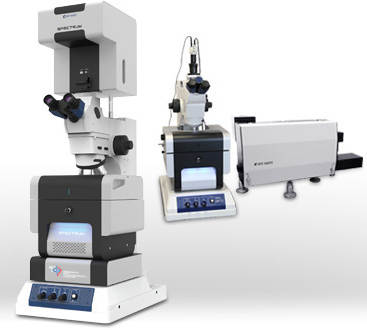Terminology
A. Nucleases - Enzyme that cleaves the chains of nucleotides into smaller units.
1. Exonuclease- An enzyme that digests nucleic acids starting from the 5' or 3' terminus.
2. Endonuclease- An enzyme that digests nucleic acids from within the sequence.
3. Isoschizomer- Restriction endonucleases that contain an identical site but it can be derived from different species of bacteria.
B. Polymerases- Enzyme that brings about the formation of a particular polymer, especially DNA or RNA.
1. DNA Polymerases- An enzyme that synthesizes DNA from a DNA template.
2. RNA Polymerase II - The enzyme that is used to transcribe structural genes that result in mRNA.
3. RNA Polymerase III- The enzyme that is used by the cell to transcribe ribosomal RNA genes.
4. Kinases- Enzymes that transfer the Y-phosphate group from ATP to the 5' hydroxyl group of a nucleic acid chain.
5. Ligases- The enzyme that utilizes the Y-phosphate group of ATP for energy to form a phosphodiester linkage between two pieces of DNA.
6. Reverse transcriptase- Enzyme that purifies first from retrovirus-infected cells, to produce a cDNA copy from an mRNA molecule.
7. Telomerase - A specialized DNA Polymerase that protects the length of the terminal segment of a chromosome.









